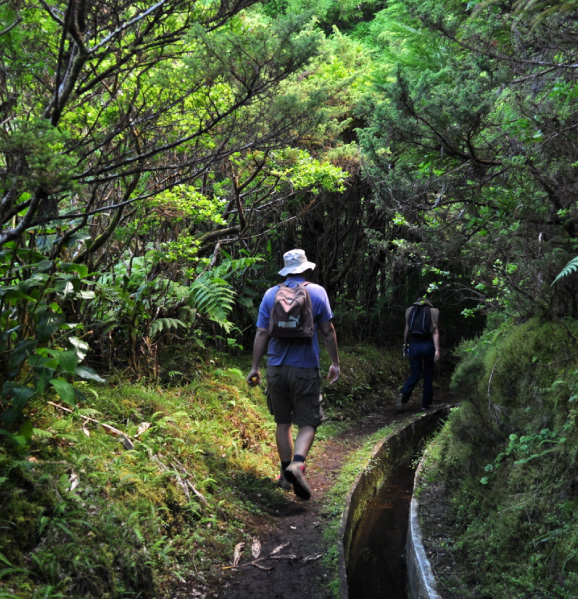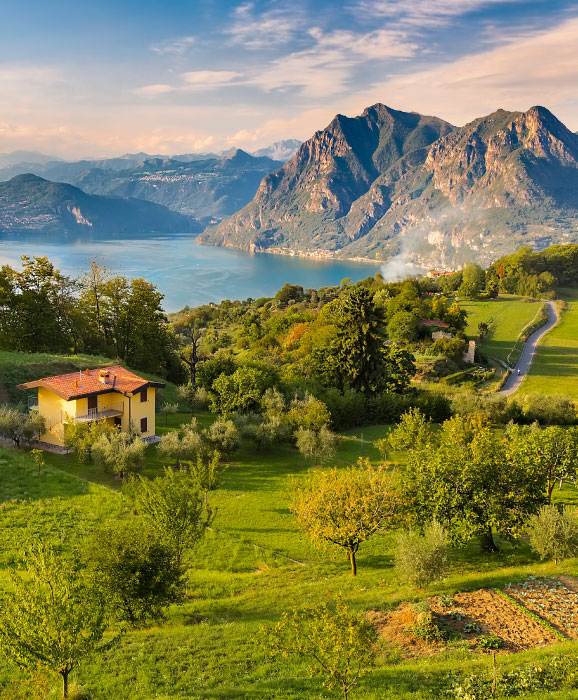Search hotels
Hiking and climbing in Ceahlău Massif
Ceahlău Massif, referred to as the Holy Mountain of the Romanians, is the second holy mountain of Orthodox Christianity after Mount Athos. Full of history, spirituality, legends and mystery, Ceahlău Massif impresses with its imposing, fortress-like appearance. The steep surrounding the mountain plateau, the picturesque beauty of landscapes and amazing views from each of the eight marked trails, and last, but not least, the uniqueness of its rocky cliffs shrouded in legend attract tourists from all over the world.

Visiting Neamţ Fortress
Medieval monument of exceptional historical value, Neamţ Fortress dates back seven centuries. The fortress was built between 1374 and 1391, during the reign of Peter I Muşat, then extended and consolidated in the 15th century under the rule of Stephen the Great. The historical turmoil and the bravery of the soldiers defending the fortress were recorded in both chronicles and the writings of famous Romanian authors. Strolling through the 21 exhibition chambers, visitors can identify the trails that go beyond the physical space and lead to a history of the Middle Ages still reverberating with life.

Winding through Bicaz Gorges
Bicaz Gorges, which formed as the result of the continuous rock erosion by mountain streams, are undoubtedly one of the most spectacular and attractive tourist attractions in Romania. Stretching over a distance of nearly 8 km, Bicaz Gorges is actually a serpentine road of rare beauty that connects the eastern and western part of the country. The overwhelming charm of this route is given by the greatness of the stone giants which delineates the road from one side to the other, each of them having suggestive names, such as "Hell's Throat" or "the Altar Stone” and others, representing a natural temple where the ancestors used to practice their worship rituals, about 5000 years ago.

Visiting Cucuteni Neolithic Art Museum in Piatra Neamţ
Cucuteni Eneolithic Art Museum in Piatra Neamţ has on display the widest and richest collection in Southeast Europe of artefacts (about 800 pieces) belonging to Precucuteni - Cucuteni Culture, developed between 3600-2600 BC. Of all exhibits, Cucuteni painted pottery is particularly of interest as one of the most brilliant artistic manifestations of the Eneolithic Age, comparable to various artistic achievements of all times.

Discovering the traditional art at the ethnographic and folk art museums in Neamţ
The ethnographic and folk art museums present the cultural heritage of Neamţ County with its traditions, customs and crafts, thus recreating the specific domestic environment of the people of this region. Various collections of objects remind of the traditional crafts preserved intact over the centuries in Neamţ County. The woodwork stands out as a remarkable craft of villagers in Neamţ, which, through the contribution of talented and dedicates craftsmen, became genuine folk art.


European Destinations of Excellence
Sustainable tourism destinations in Europe

MELLIEHA, MALTA
Dip in the blue waters of Mellieħa Bay or the surrounding bays

TOURNUS, FRANCE
Extraordinary panorama and artistic beauty

LANDLUST, AUSTRIA
Discover the special quality of country living away from tourist centres

KULDIGA, LATVIA
The most charming and magical towns in West Latvia

JURMALA, LATVIA
A green seaside resort that is rich in unique natural resources

SOCA VALLEY, SLOVENIA
A paradise for water sports on the river Soča

MULRANNY, IRELAND
Explore spectacular landscapes and seascapes

ELBRO DELTA, SPAIN
The most extensive aquatic habitat of the Catalan lands

FAIAL, PORTUGAL
The Natural Park is filled with sweeping landscapes

SILLY, BELGIUM
Full of remarkable trees, churches, chapels

Monte Isola, Italy
Extraordinary panorama and artistic beauty

DURBUY, BELGIUM
A glorious mix of colours and experiences

NIN, CROATIA
The Most Romantic Destination in Europe

DRNIS, CROATIA
Well known for its original prosciutto and excellent wines

PARCO DEL MINCIO, ITALY
Extraordinary panorama and artistic beauty

WILD TAIGA, FINLAND
You are most welcome to meet the locals!
Best in Europe.
Your ultimate bucket list to travel in Europe




































































